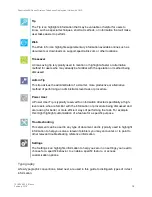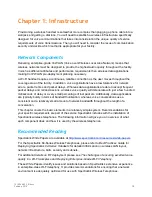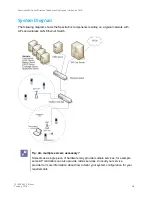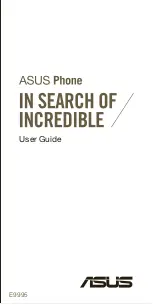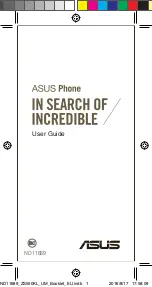
Spectralink 84-Series Wireless Telephones Deployment Guide with CMS
721-0048-000_B.docx
February 2018
22
•
Account key
•
Heartbeat
•
CMS Certificate
•
Server type (FTP,TFTP, HTTP, HTTPS)
•
User name
•
Password
•
DHCP or Static entry
DNS server information
•
Domain (name system)
•
IP address
•
Alternate IP address
Phone Settings
•
Admin Password
•
SNTP address
•
GMT offset
QoS (consult your AP documentation)
•
AC mandatory
Handset Usage Scenarios
Read through this document to get an idea of what a basic deployment looks like and then
develop your own configuration plan that incorporates all the features you intend to deploy in
your facility.
Two types of deployment scenarios are offered by Spectralink CMS.
•
The Flat scenario is where all phones use virtually the same features, like ordinary office
desk phones. This scenario is common in smaller or more homogenous facilities where
handsets are assigned by extension and there is little variation in the features assigned
to different users.
The Flat scenario gives each phone the same features. All phones can make and
receive calls, of course, but phones may additionally be able to participate in Push-to-
talk broadcasts, have Personal alarms available and use barcode reader functionality (if
using the 8453 handsets).
•
The Groups scenario is used when a facility requires different features for different
users. Push-to-talk channels, for example, are frequently assigned in groups. For
example, in a hardware store different channels may be assigned to customer service,



